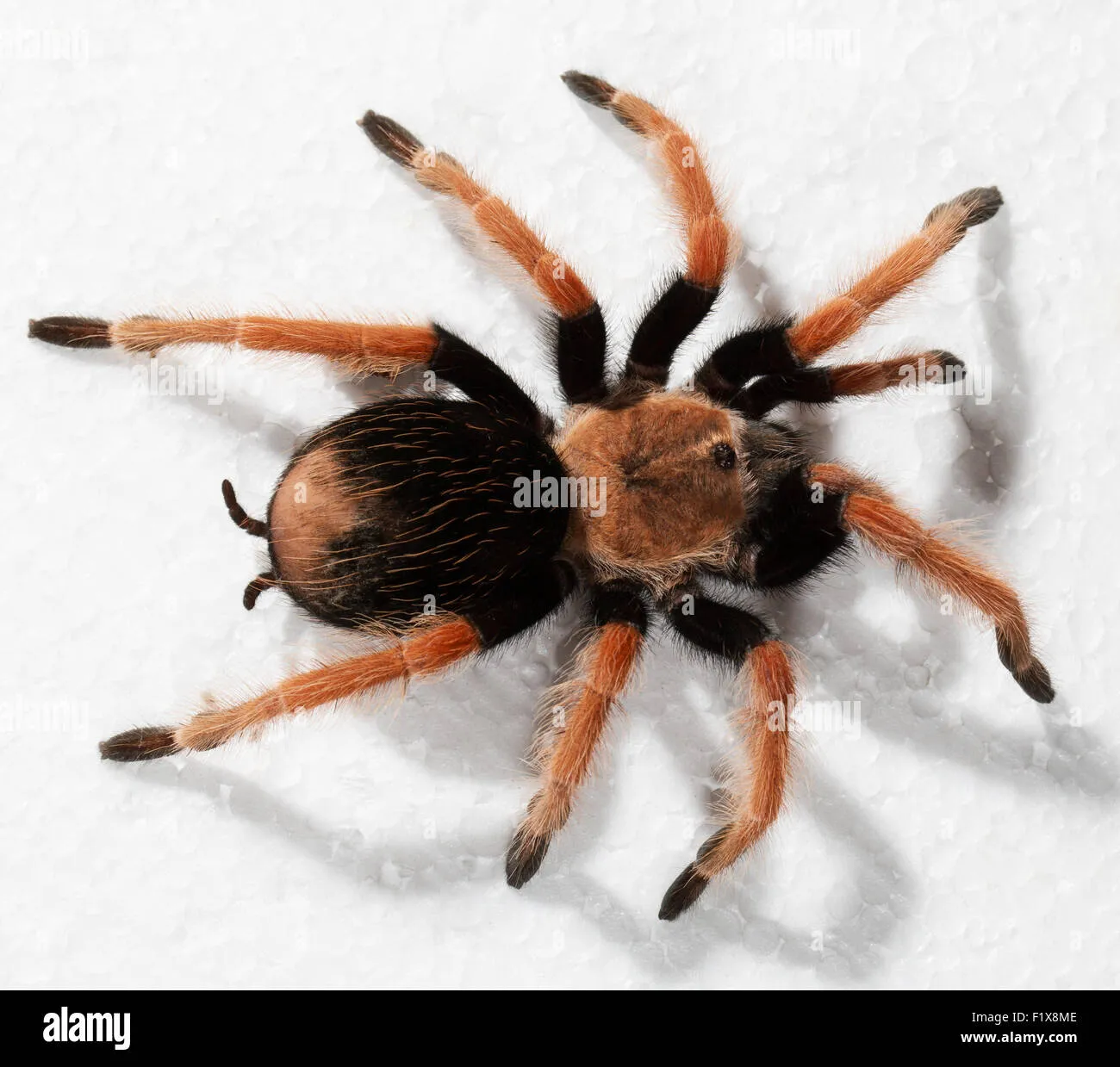The Mexican Redknee Tarantula (Brachypelma hamorii) is a popular pet, known for its striking appearance and relatively docile temperament. If you’re looking to buy a Redknee Tarantula in the UK, you’re in for a fascinating journey. This guide provides essential tips to ensure you acquire a healthy tarantula and provide it with the best possible care. From finding reputable sellers to understanding habitat requirements, these top five tips will help you make informed decisions.
Where to Buy a Redknee Tarantula in the UK
Finding a Redknee Tarantula for sale in the UK involves choosing a reliable source. The two primary options are reputable breeders and pet shops. Each has its pros and cons, so it’s important to weigh your options carefully. Your choice significantly impacts the health and well-being of your future pet. Research is key to securing a healthy and happy tarantula. This section will explain the nuances of each.
Reputable Breeders vs. Pet Shops
Breeders often specialize in tarantulas and can provide valuable information about the spider’s lineage and care. They typically have more experience, and can offer healthier specimens. Pet shops, on the other hand, may have a wider variety of animals, but the staff might lack specific expertise on tarantulas. They might also source their tarantulas from various suppliers, making it harder to trace the spider’s history.
Checking Breeder Reputation
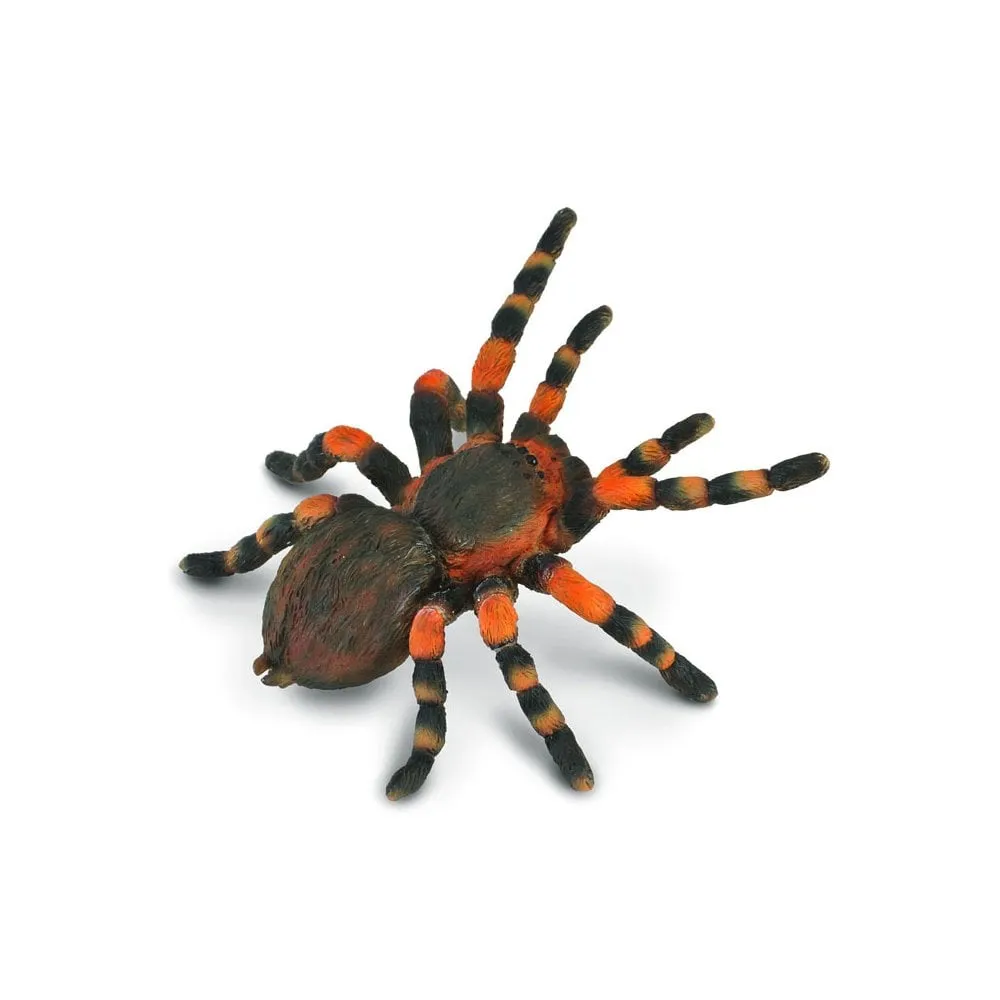
Before purchasing from a breeder, research their reputation. Look for online reviews, forums, and social media groups dedicated to tarantula keeping. Check if they are registered or certified by any relevant reptile or exotic pet organizations. A good breeder will be transparent about their practices, the origin of their tarantulas, and will be willing to answer your questions. Don’t hesitate to ask about the tarantula’s age, feeding schedule, and any health issues.
What to Look for in a Pet Shop
If buying from a pet shop, observe the conditions of the tarantula’s enclosure. Is it clean and appropriately sized? Are there signs of proper care, such as adequate substrate and temperature control? Assess the staff’s knowledge about tarantula care. Do they seem knowledgeable and willing to assist? A reputable pet shop should be able to provide information about the tarantula’s source and history. Avoid buying from a shop that appears to prioritize profit over the animal’s well-being.
Health and Appearance
When buying a Redknee Tarantula for sale, assessing its health is critical. A healthy tarantula is more likely to thrive in your care, and it also indicates the seller’s commitment to animal welfare. Take the time to observe the tarantula closely before making a purchase. Don’t rush the process, and ask the seller if you can observe the tarantula for a longer time. This allows you to gauge their behavior better.
Signs of a Healthy Tarantula
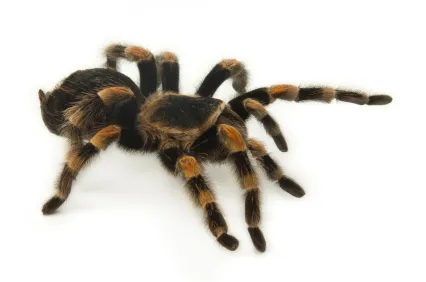
Look for a tarantula with a plump abdomen, indicating it’s well-fed and hydrated. The legs should be intact, and the spider should be alert and responsive to its surroundings. The fangs should appear clean and undamaged. The tarantula should move easily and not display any signs of lethargy or weakness. Examine the enclosure for signs of molting, a process where the tarantula sheds its exoskeleton. A recent molt usually means the tarantula is healthy and growing.
Things to Avoid
Avoid tarantulas with missing limbs, excessive baldness, or a shrunken abdomen. These can be signs of stress, dehydration, or illness. Stay away from spiders that seem lethargic, uncoordinated, or that have difficulty walking. Examine the enclosure for mites or other parasites. If you observe any of these, it is best to avoid purchasing the tarantula. A healthy tarantula is a happy tarantula.
Setting Up the Habitat
Providing the right habitat is essential for your Redknee Tarantula’s well-being. A well-designed enclosure will mimic its natural environment, reducing stress and promoting healthy behavior. It’s important to understand the basic requirements of your tarantula. You have to consider the dimensions, substrate, temperature and humidity, all of which are very important for your Redknee Tarantula.
Choosing the Right Enclosure
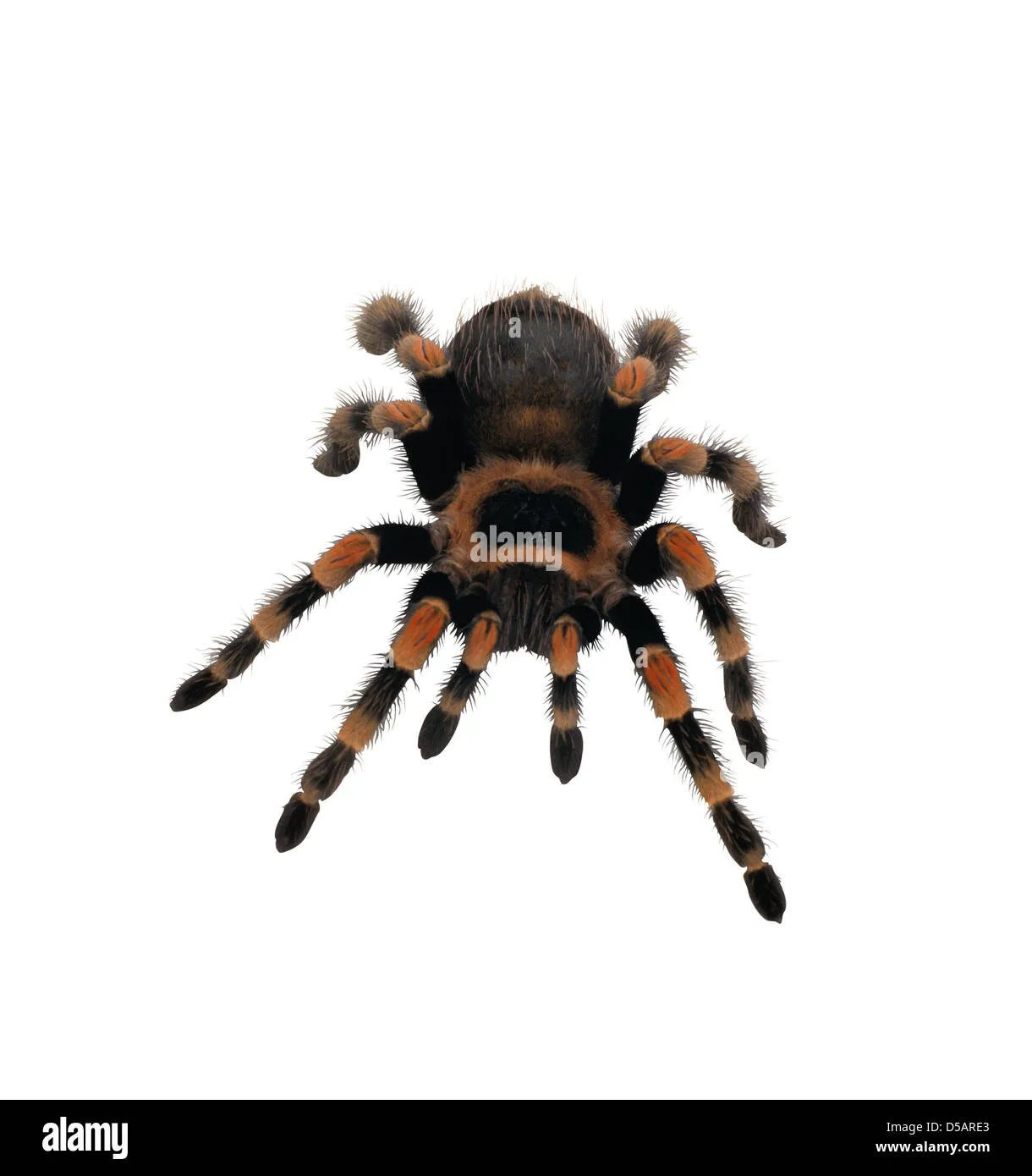
Choose an enclosure that is appropriately sized for your tarantula. A juvenile Redknee can thrive in a small, secure enclosure, while an adult will need a larger space. The enclosure should be escape-proof, with a secure lid. Glass or acrylic enclosures are excellent choices, as they provide good visibility and are easy to clean. Ensure the enclosure is well-ventilated to prevent the buildup of humidity and mold. Make sure the ventilation is secure, though, as tarantulas can find their way out of poorly designed enclosures.
Substrate Selection
The substrate, or bedding, should allow the tarantula to burrow and feel secure. A mix of coco fiber, peat moss, and a small amount of vermiculite works well. This combination retains moisture, which is essential for maintaining proper humidity. Avoid substrates like cedar or pine shavings, as they can be toxic to tarantulas. Provide a depth of substrate that allows the tarantula to burrow comfortably, typically several inches deep.
Temperature and Humidity
Redknee Tarantulas thrive in a temperature range of 75-85°F (24-29°C). Use a heat mat or a low-wattage heat lamp to maintain the correct temperature. Monitor the temperature with a thermometer. Humidity should be maintained at 60-70%. You can achieve this by misting the enclosure with water a few times a week and ensuring that the substrate is slightly moist but not waterlogged. A hygrometer can help you track humidity levels. Proper temperature and humidity are crucial for the tarantula’s health and molting process.
Feeding Your Tarantula
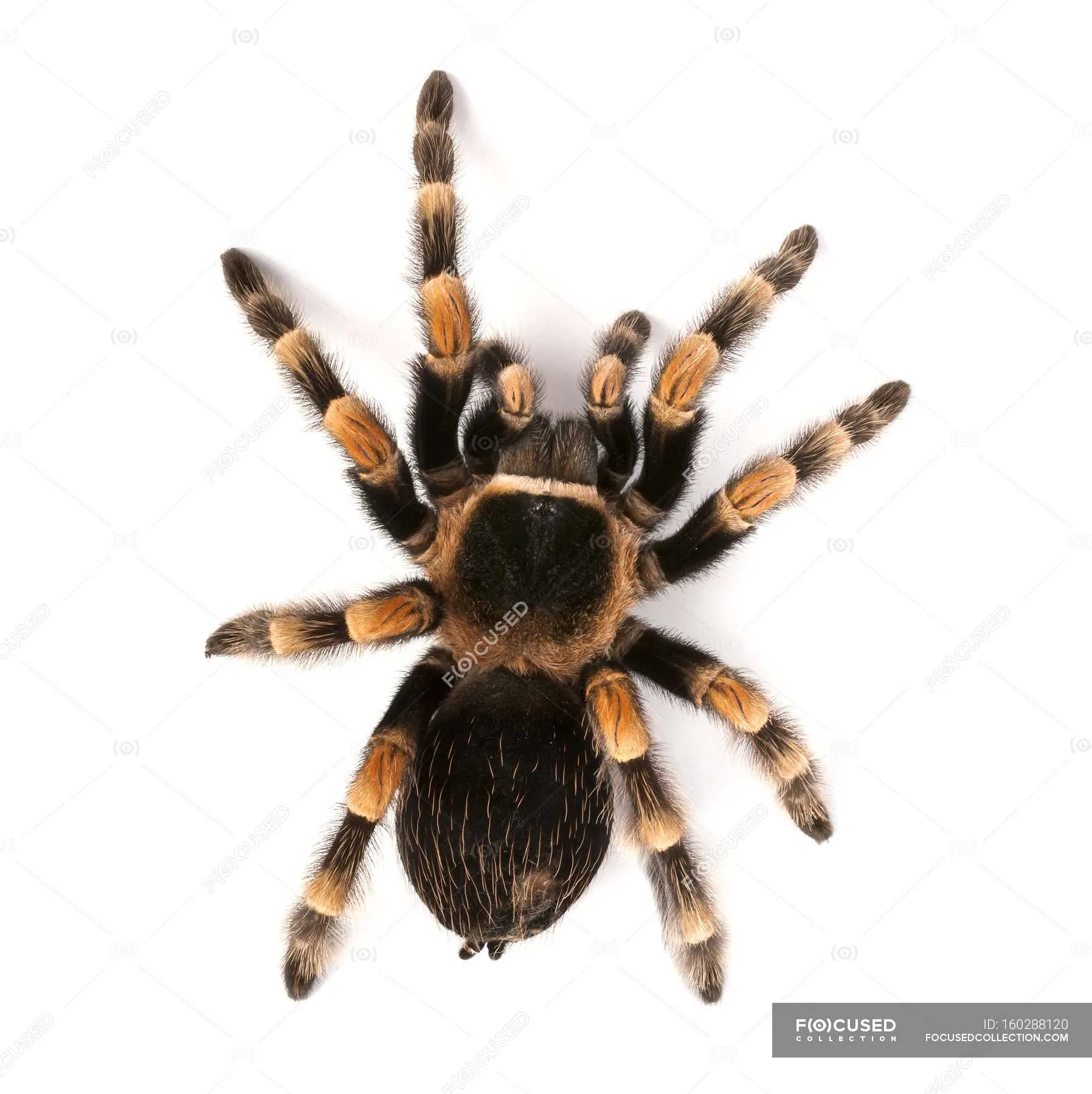
Feeding your Redknee Tarantula correctly is essential for its health and growth. Understanding what to feed and how often to feed it are key aspects of tarantula care. A well-fed tarantula is more likely to be healthy and active. Your feeding routine will have to depend on your tarantula’s age and size, so pay attention to your tarantula and adjust the feeding schedule to best suit it.
Appropriate Food
Redknee Tarantulas are insectivores. The best food options include crickets, mealworms, dubia roaches, and other commercially available insects. The size of the insects should be appropriate for your tarantula’s size. For spiderlings, smaller prey like flightless fruit flies or pinhead crickets are suitable. For adults, larger prey items are needed. Always make sure that the insects you feed your tarantula are pesticide-free.
Feeding Frequency
Juvenile tarantulas should be fed 2-3 times a week, while adults can be fed once a week or even less frequently. It is important to monitor your tarantula’s abdomen size. A plump abdomen indicates that it is well-fed. Remove any uneaten prey within 24 hours to prevent them from stressing or potentially harming your tarantula. Adjust the feeding schedule based on your tarantula’s individual needs and growth.
Handling Your Tarantula
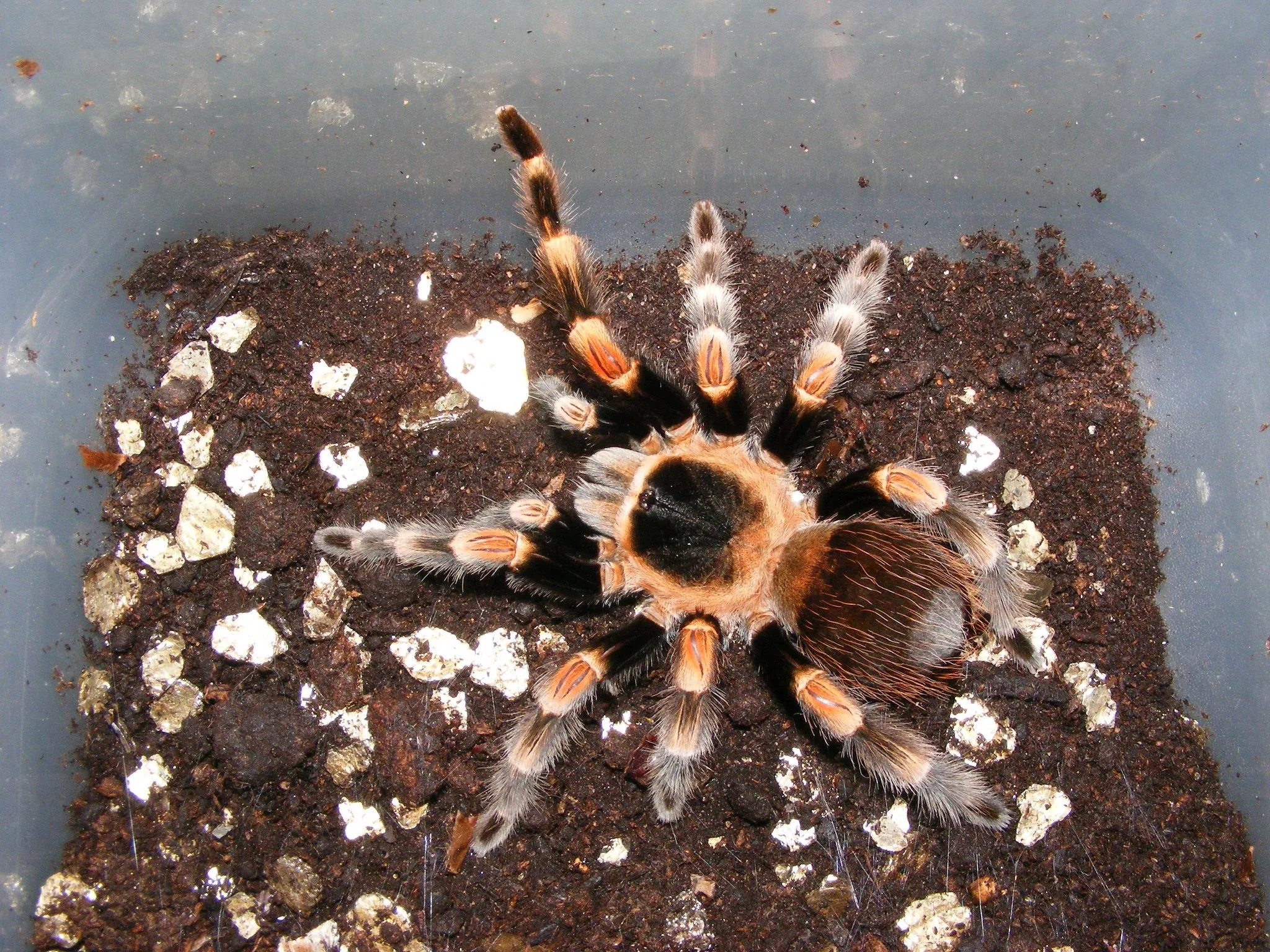
Handling a Redknee Tarantula should be approached with caution, as they are venomous and can bite if they feel threatened. While Redknees are known for their relatively docile temperament, it is crucial to prioritize their safety and yours. Handling should not be a regular occurrence, and it is important to understand the risks involved. Consider the tarantula’s individual personality and behavior before considering handling it.
When to Handle
Handling your Redknee Tarantula should be limited to necessary situations, such as when moving it for cleaning the enclosure or for health checks. Avoid handling during molting, as the tarantula is more vulnerable and stressed during this time. Do not handle the tarantula if it appears agitated, defensive, or if it flicks its legs in a threatening manner.
Handling Precautions
If you choose to handle your tarantula, do so over a soft surface, such as a bed or carpet, to minimize the risk of injury if it falls. Gently encourage the tarantula to walk onto your hand; never try to grab or force it. Keep your movements slow and deliberate, and avoid sudden motions. Always wash your hands thoroughly before and after handling, and be aware that some people may have allergic reactions to tarantula hairs.
Legal Considerations
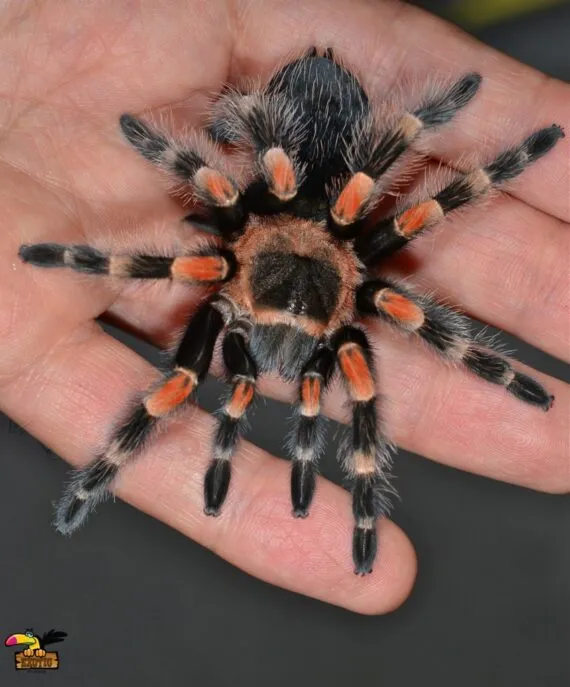
Before buying a Redknee Tarantula in the UK, it is vital to understand the legal considerations involved. This ensures you comply with local laws and regulations. It is also important to do research on what you can and cannot do, depending on where you live. This section will provide you with the tools to properly and legally care for your tarantula.
Import and Export Regulations
If you are considering importing or exporting a Redknee Tarantula, you must comply with all relevant regulations. The UK has specific rules about the import and export of exotic animals, and you will need to obtain the necessary permits. Contact the Animal and Plant Health Agency (APHA) for detailed information and guidance. Be aware of any restrictions or bans on the species, especially regarding the country of origin.
Local Laws and Restrictions
Local laws may also have restrictions on keeping exotic animals, including tarantulas. Check with your local council or authorities to ensure you comply with any applicable regulations. Some areas may require a permit to keep a tarantula, while others may have limitations on the number of exotic animals you can own. Failure to comply with these laws could result in penalties or the seizure of your pet.
In conclusion, buying a Redknee Tarantula in the UK can be a rewarding experience if you approach it with the right knowledge and care. Following these five essential tips – from finding a reputable seller to setting up the proper habitat, feeding your tarantula appropriately, understanding handling precautions, and complying with legal requirements – will increase the chances of owning a healthy and thriving pet. Remember that owning a tarantula is a long-term commitment, so be prepared to provide your pet with the care and attention it needs to live a long and fulfilling life.
